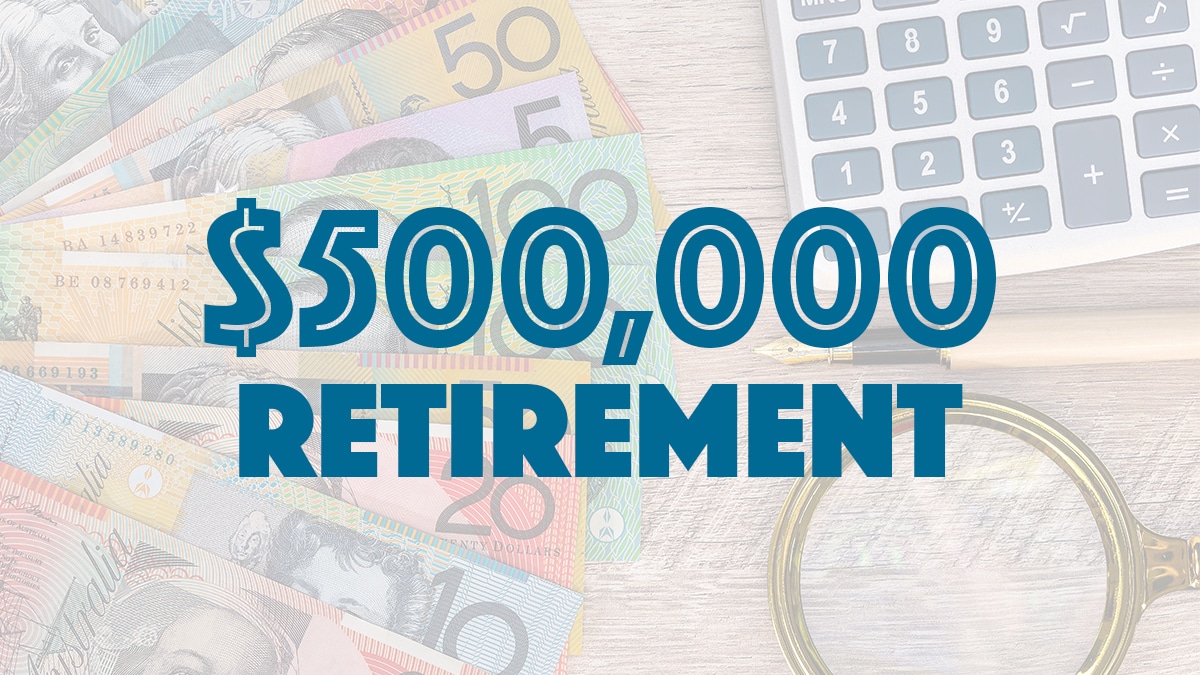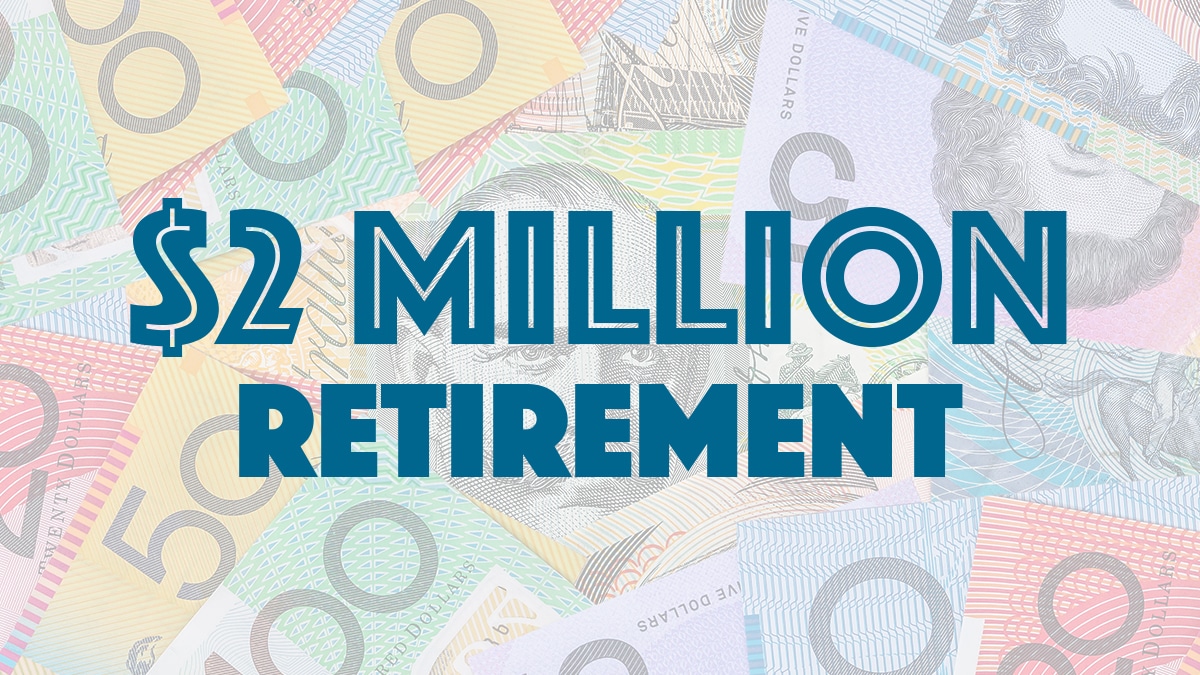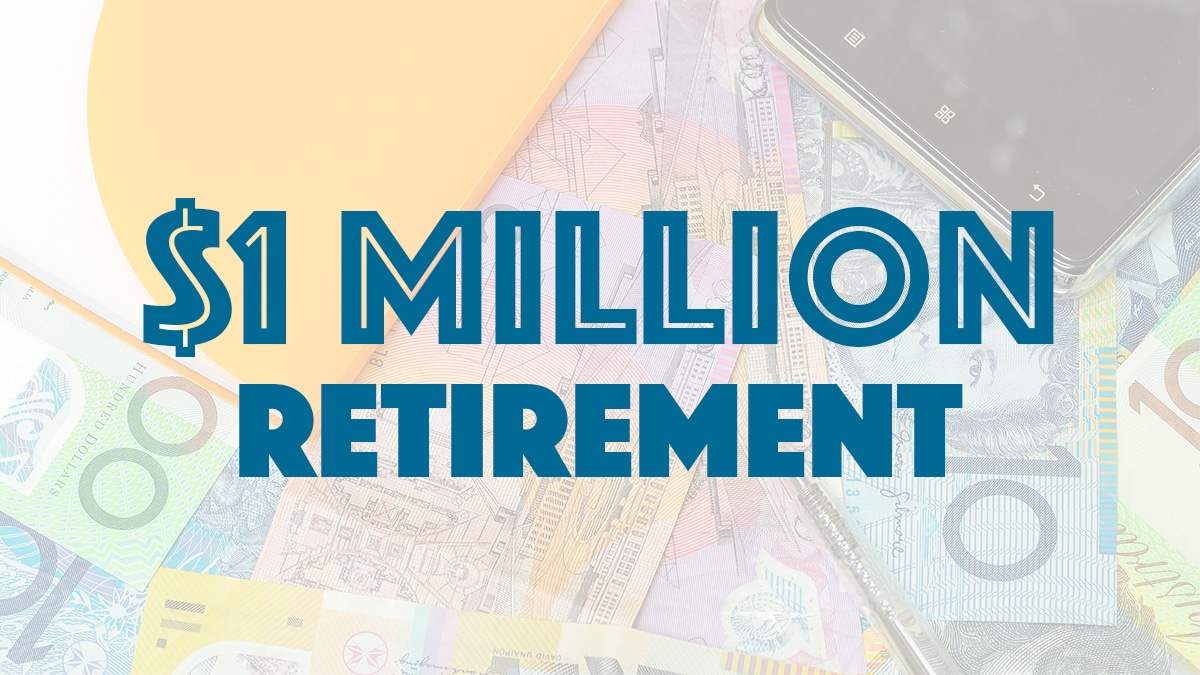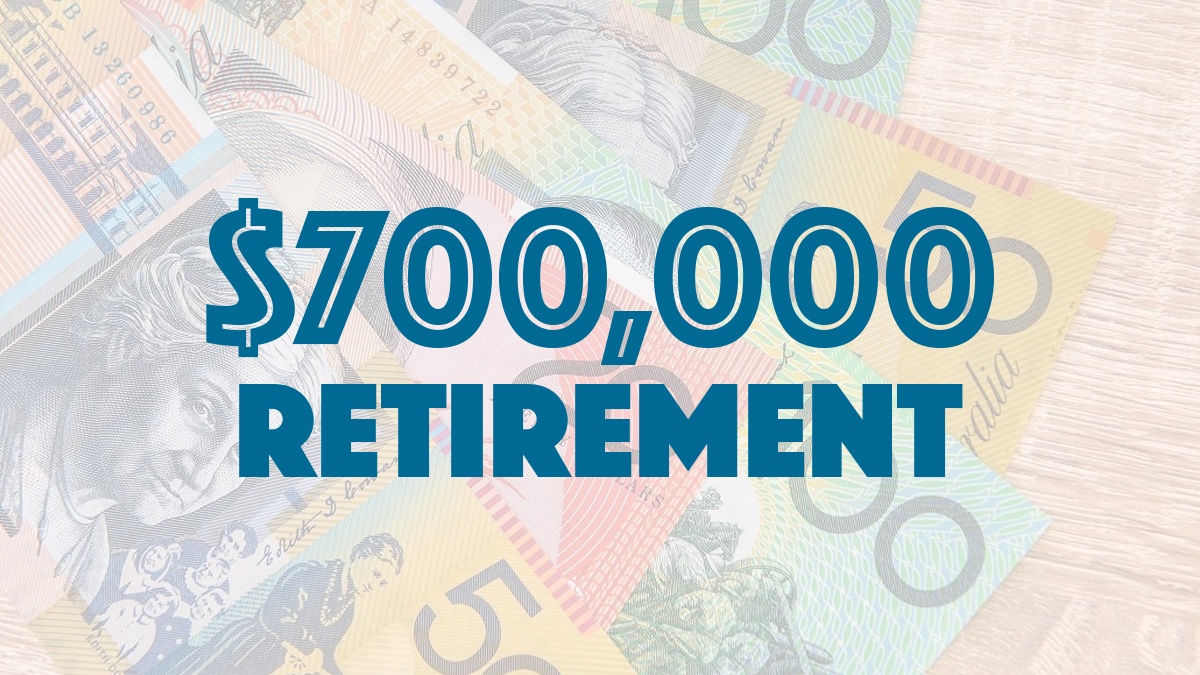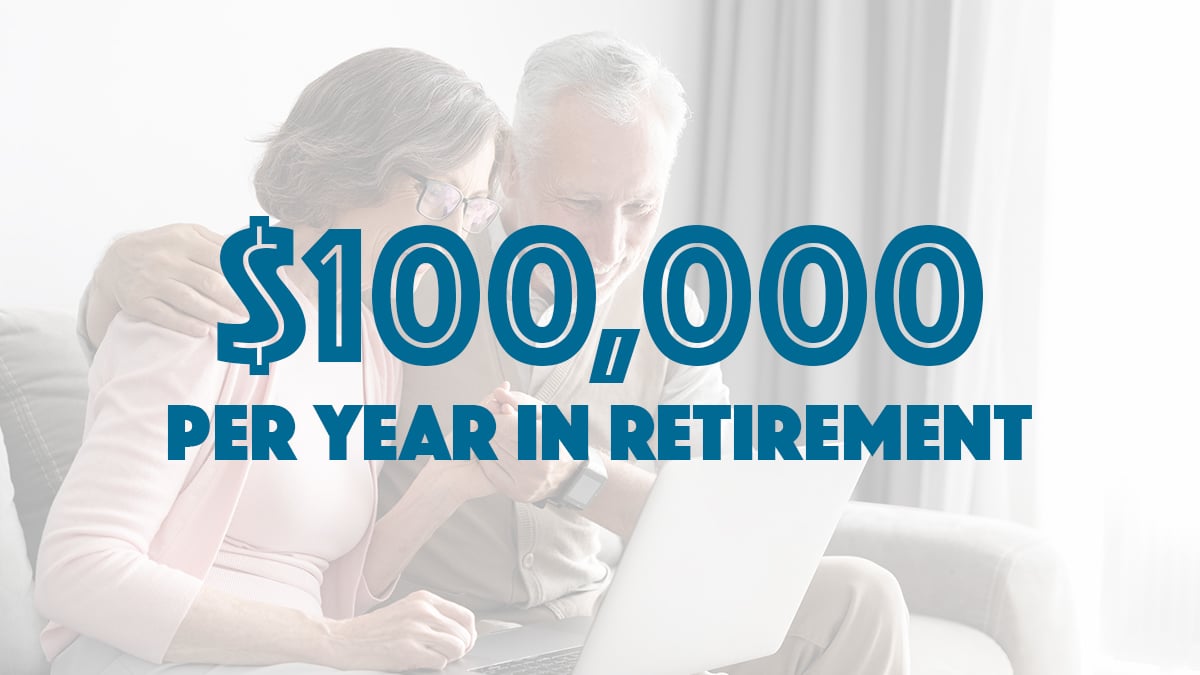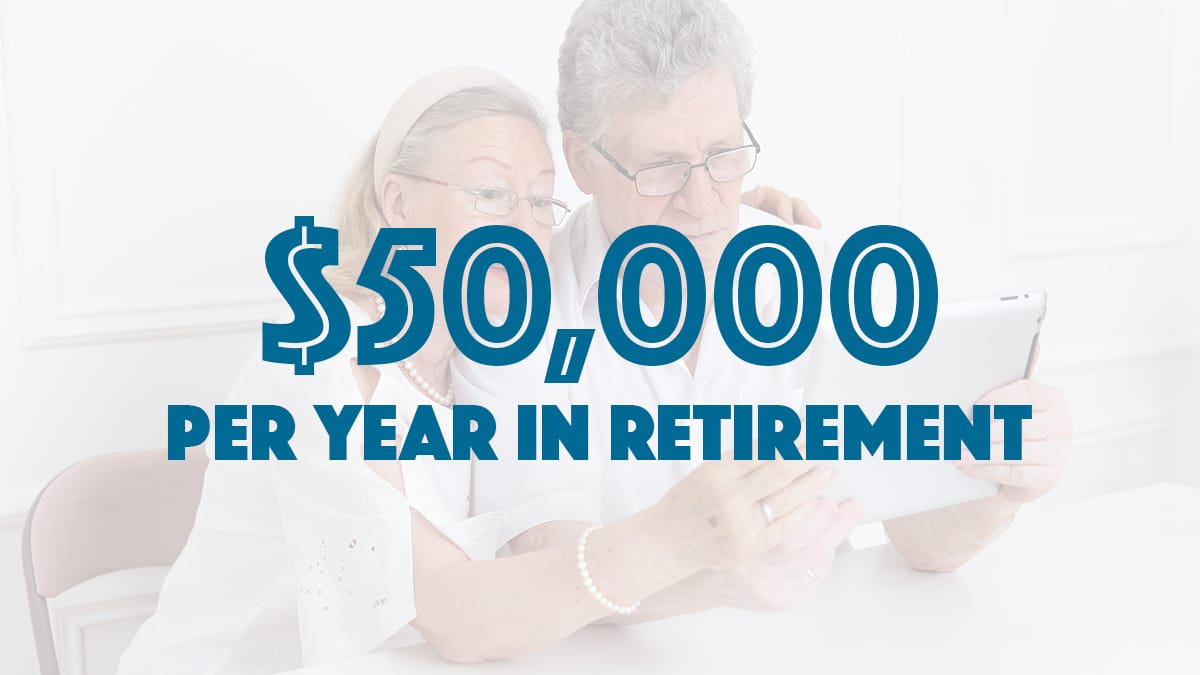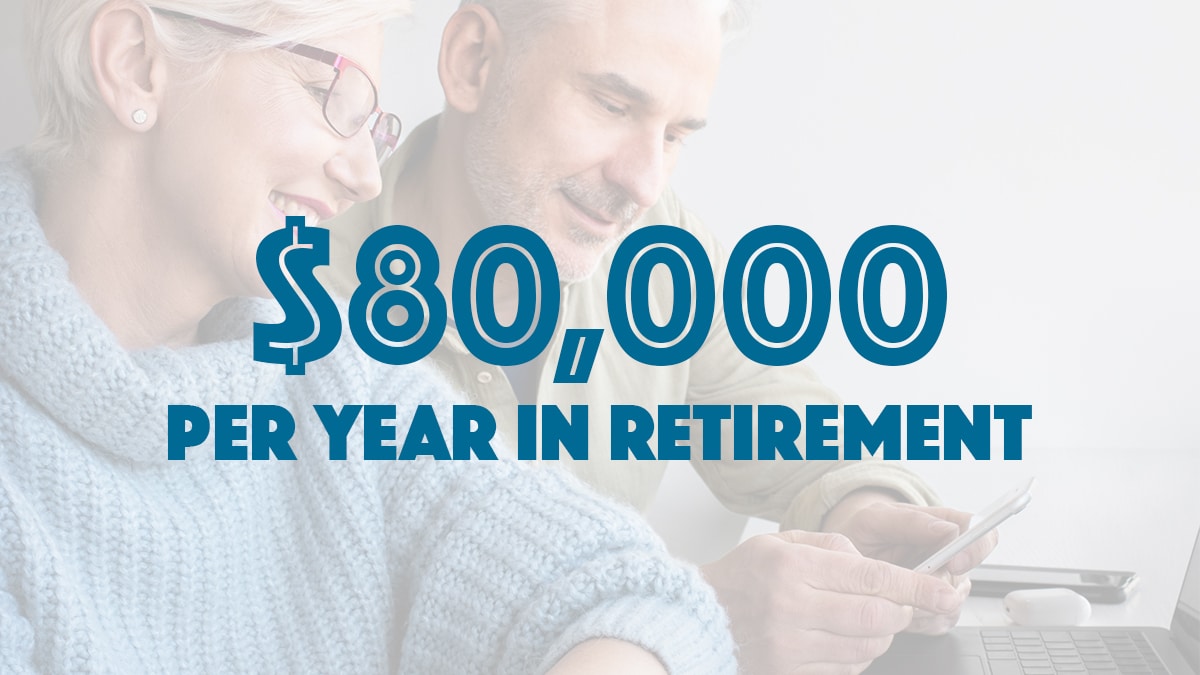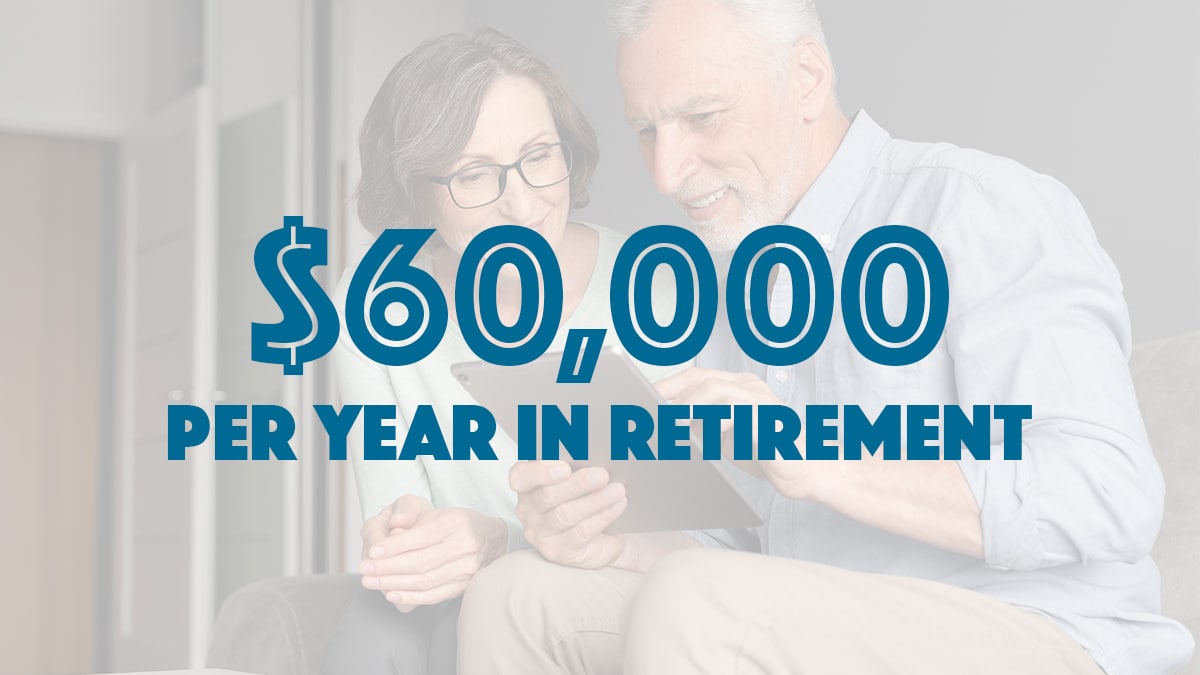According to the ASFA Retirement Standard, a couple retiring at age 67 can live a ‘comfortable lifestyle’ with a retirement balance of $690,000 while singles can enjoy the same with $595,000. But these are guidelines only.
Depending on your personal circumstances, you might live comfortably on less especially if you are prepared to compromise on some areas of spending or intend to continue working into your 70s.
What if your retirement balance is closer to $500,000? Using TelstraSuper’s Retirement Lifestyle Planner we have calculated how much income $500,000 in super will generate under a range of scenarios including:
- Whether you are single or in a couple.
- The age you plan to retire. We have selected 60, which is a common goal, then 65, 67, 70 and 75, to show the impact of delaying retirement.
- How long you want your money to last. We run the numbers for age 85, 90, 95 and 100 on the basis that the average retiree will live until their mid-80s and some will celebrate 100.
- How you invest your superannuation balance. An option with a higher allocation to growth assets will offer greater long-term growth prospects. This higher return on investment can help your superannuation savings last longer or provide a higher level of income, despite additional volatility.
We chose TelstraSuper’s calculator because it is one of the most comprehensive available, and provides output based on the likelihood of reaching the goal. We have selected the default ‘highly likely’ option, meaning there is an 80% chance the set income will last until the age shown. In many cases income would last beyond the target but there is a 20% chance the goal would not be reached, with either the balance running out earlier or generating a lower income. To generate this estimate, the calculator models 1,000 possible sets of future investment returns and inflation based on historical averages and the observed variability of both returns and inflation. This method is known as stochastic simulation, and means the output is more reliable and realistic than simple retirement calculators that use a steady rate of return and inflation year after year.
Learn more about stochastic retirement calculations.
We have used the default calculator settings, which assume you are a homeowner, have only $25,000 in assets outside super, and include income from a full or part Age Pension if you are eligible (this may happen as your super balance reduces over time). All figures are in today’s dollars (adjusted for inflation) and include the impact of TelstraSuper’s current fees.
We recommend you review the assumptions and further information about the calculator on TelstraSuper’s website.
Where to go for more
We hope the figures in the tables below will get you thinking but remember that this data represents a small selection of possible outcomes and cannot substitute for a personalised calculation.
To build a picture of your own circumstances, use a good quality retirement projection tool such as the Mercer Retirement Income Simulator or TelstraSuper Retirement Lifestyle Planner that we used here. Make sure you include as much information as possible about your circumstances, including investments outside super, and review and adjust the assumptions including fees to ensure your projection is as meaningful as possible.
If you are interested in using a lifetime pension to provide some of your retirement income, the TelstraSuper Lifetime Income Calculator is also worth a look.
While we used 80% certainty in our modelling using TelstraSuper’s tool, this is simply the default option. When running your own calculation, you may instead choose 70% certainty, or 90% certainty, based on the risk you are willing to accept.
A key part of any retirement plan, and essential to using the calculator tools mentioned above, is to consider how long your income will need to last. SuperGuide is grateful to Optimum Pensions for allowing us to share their lifetime estimator calculator with you – an easy-to-use tool that can help you answer this question.
To help you navigate these and other free retirement planning tools, SuperGuide has developed a range of video demonstrations. You can find these ‘How to’ guides in the Super and retirement calculators section.
Learn more about the factors to consider when planning how much super you need to retire.
Disclaimer: This article is intended to give approximate retirement income figures only that $500,000 in super may achieve. These figures do not consider your personal circumstances or assets and are also based on projections about future investment returns which may not be achieved. We recommend you do additional research for your own retirement planning, and wherever possible seek independent financial advice.
Income generated from a $500,000 retirement super balance
The investment options included in the below tables are cash (100% cash), conservative (31% growth, 69% defensive), moderate (53% growth, 47% defensive), balanced (69% growth, 31% defensive), and growth (83% growth, 17% defensive).
